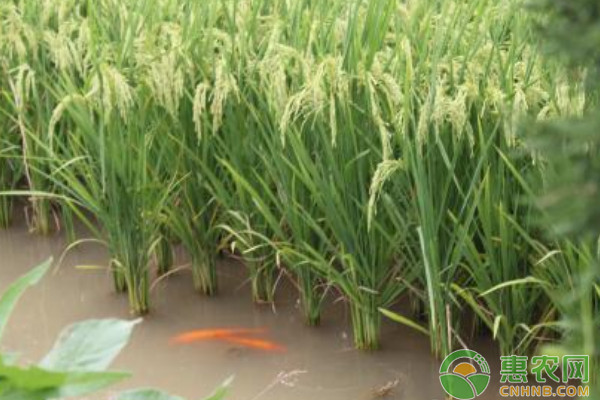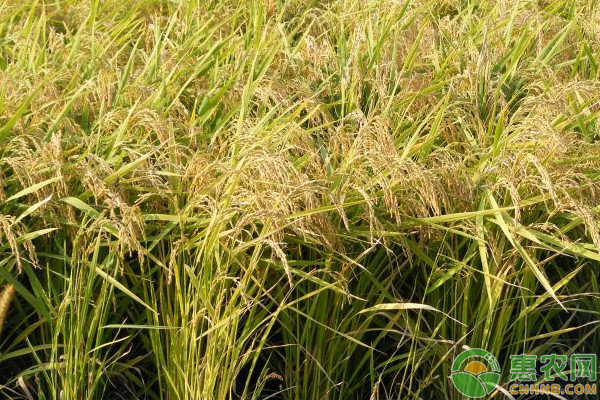At present, many areas in China have carried out the “Investigation and Integration of Rice and Fish Breeding Technology†project. Today we are going to study the comprehensive breeding experiment of shrimp and rice in Zhangjiagang City. Let’s learn about the related technology in this project. Key points. First, the preparation of breeding conditions 1. Rice field preparation (1) Excavation ring ditch: The test plot is located in the Changhong Community Shrimp and Rice Comprehensive Breeding Test Base of Changyinsha Modern Agriculture Demonstration Park. The test area is 186.7 mu (No. 1) and 94 mu (No. 2), respectively. Reconstruction and the original Putian new construction. The test base is close to the waters of the Yangtze River and the soil is sandy. The pond reconstruction adopts the “Tian†shape and the layout of the rice field in a ditch and one paddy field. Excavate the circular ditch around the field and leave the machine to enter and exit the road. The area of ​​the ring ditch is 26.7 mu and 14 mu, accounting for 14.3% and 14.9% of the total area. The ring groove is inverted trapezoidal, with an upper width of 6 meters, a bottom width of 4 meters, and a groove depth of 80 cm. (2) Qingtang whole pool: The field block is used for excavation of the field and the bottom of the pool, and then exposed to the field and the bottom of the ditch. The whole area was sprinkled and disinfected with limestone water before stocking, and the dosage was 50 kg/mu. On the 2nd field, the tea seed cake was used again to remove the wild fish, and the dosage was 5 kg/mu. (3) Fertilizing the field: After the field is cleared and exposed, the benthic biological medium is sprinkled at the bottom of the pool at a dosage of 150 kg/mu, and then rotary tiller is used. Three days after rotary tillage, Ileza algae was planted in a long strip-shaped cutting manner, planted at intervals of 4 m width, and the planting spacing was 60 cm × 60 cm, which facilitated the smooth flow of water. (4) Filtration influent: The test area is convenient for water intake and drainage. The influent water source comes from the farm support port, no pollution, and the water quality is good. Seven days before the stocking of the shrimps, the water was filtered through an 80-mesh sieve to prevent wild fish and fish eggs from entering the pool with water. The water level in Putian is kept at around 20 cm, and the water level in the ring is kept at about 1 meter. 2. Seed stocking (1) Stocking specifications: The size of crayfish seedlings in the test areas No. 1 and No. 2 is 240/kg and 120/kg. The size of the individual is uniform, the surface is clean, no obvious damage, and strong vitality. Part of the seedlings are self-bred for local ponds, some are purchased, and a small amount of green shrimp and white peony are placed at the same time. (2) Rice planting: The rice planting variety in the No. 1 experimental area is Nanxun 5055. The seedlings are sourced from local concentrated nursery, and the transplanting time is June 20, and the transplanting is planted. The rice planting varieties in the experimental area No. 2 were Zhendao 11 and Japonica rice 90, and the planting time was July 5, which was planted live. Second, technical management points Feeding management In the early stage, crayfish were based on benthic organisms and fresh water plants. From April 10th, artificial feeding was started. The fresh small fish and vegetable carp were mainly fed, and the feeding amount was 2 kg/mu, which was 3:1. Feed, feed once a day before the evening. Every 10 days, the amount of feed increased by about 0.75 kg/mu until the end of May. Since June, the amount of feeding has been gradually reduced, and manual feeding has been stopped since June 15. 2. Water quality management The water level in the test area is controlled by the active drainage pipe, and the water level is adjusted according to the requirements of different growth stages of rice. Install a water pump in the northeast corner of the field to make the water flow slightly from the northeast to the southwest corner to ensure that the water body has sufficient dissolved oxygen. 3. Rice management After the seedlings were planted, according to the growth of the rice, a benthic biological medium and soil testing formula fertilizer were applied in June, and the dosages were 25 kg/mu and 35 kg/mu, respectively. Rice disease control adopts the method of raising the water level to inundate the seedlings and releasing the water on the next day, and using this method three times before and after the high incidence of pests and diseases to kill some pests and eggs. Rice field weeds rely on manual removal. Third, the test results analysis Harvest situation On the 5th and 10th of May, the test areas of No. 1 and No. 2 began to catch crayfish, and the rice began to harvest on November 4 and 25. 2. Input cost In the course of the test, due to the need to renovate the two fields, the infrastructure construction costs accounted for a relatively high proportion. The profit of crayfish farming reached 2071.8 yuan/mu, and the sales revenue accounted for 60.5% of the total income, as shown in the table below. Table 1 Output of shrimp and rice comprehensive breeding area The above is all the contents of today, the article reprinted from the headline number Jishan Huayao, the favorite farmers friends can pay more attention to, what do you want to know about rice farming? Vitamin is a trace element, like cherry fruit, girl fruit, kiwi, apple and other fruits are rich in vitamins; Vegetables such as tomatoes, green leafy vegetables and white melons are also rich in vitamins. Still have the vitamin that makes artificially namely buccal piece, effervescent piece, capsule, vitamin medicament to wait, get angry is vitamin lack causes mostly vitamin,vitamin shoppe,vitamin d deficiency,vitamin b12,vitamin d3,buy vitamin Shaanxi YXchuang Biotechnology Co., Ltd , https://www.peptidenootropics.com



Research on Comprehensive Cultivation Techniques of Rice and Fishery